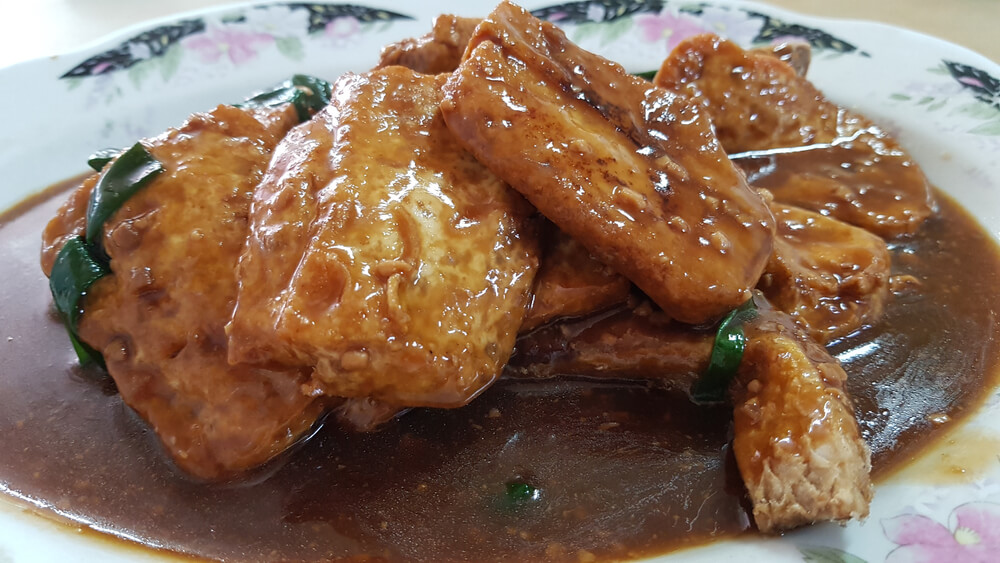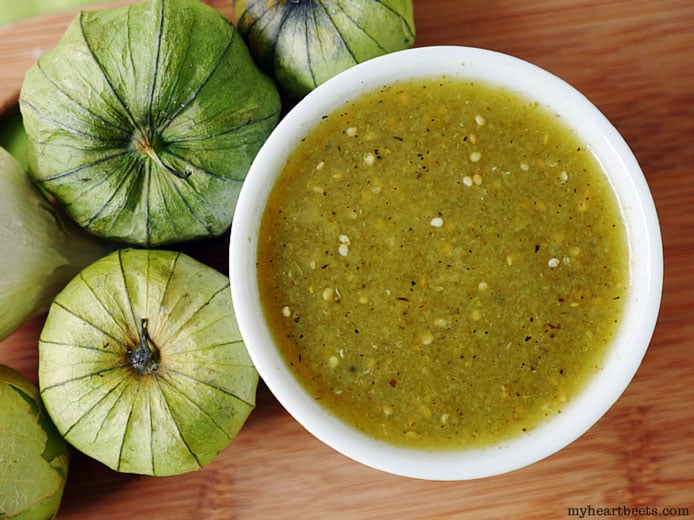Chinese Style Steamed Fish: Recipe, History, and Health Benefits
Chinese-style steamed fish holds deep cultural importance in China, representing prosperity and harmony in traditional cuisine. Served during festivals and celebrations, it symbolizes abundance and families often prepare it to wish good fortune. The method of steaming, which preserves the fish’s natural flavors and nutrients, aligns with the Chinese emphasis on balanced, health-conscious eating. This dish showcases culinary skill, as achieving the perfect texture requires precise timing and preparation.
Historical Development
Steaming as a cooking technique dates back thousands of years in China. The earliest records from the Han Dynasty (206 BCE-220 CE) mention steaming as a method to cook delicate ingredients, preserving their integrity and flavor. The practice evolved, with regional variations emerging based on local preferences and available fish varieties, such as freshwater carp in the North and saltwater fish in coastal areas. During the Tang Dynasty (618-907), chefs began incorporating sauces and aromatics, enhancing the dish’s complexity. Over centuries, Chinese-style steamed fish became a staple in both everyday meals and grand feasts, maintaining its status as a symbol of culinary refinement.
Key Ingredients for Authentic Chinese Style Steamed Fish
Freshness of the Fish
High-quality fish forms the foundation of authentic Chinese-style steamed fish. Freshness directly impacts both the taste and texture of the final dish. Opt for live or freshly caught fish, as it’s firm and has a mild, sweet aroma. Popular choices include sea bass, grouper, and tilapia. Avoid fish that exhibits a strong smell or dull, sunken eyes, as these are indicators of poor freshness.
Essential Spices and Condiments
Authentic flavor derives from a balance of simple yet impactful spices and condiments.
- Soy Sauce: Provides the salty umami base essential for the dish.
- Ginger: Adds a peppery, slightly sweet taste that cuts through the fish’s richness.
- Green Onions: Contributes a fresh, slightly pungent flavor.
- Shaoxing Wine: Enhances aroma and adds depth with a hint of sweetness.
- Sesame Oil: Introduces a fragrant, nutty accent that complements the other flavors.
These ingredients come together to create a harmonious balance, elevating the natural flavors of the fish. Each element plays a crucial role, contributing to the overall complexity and authenticity of the steamed fish.
Step-by-Step Cooking Method
Preparing the Fish
Start by selecting a fresh fish like sea bass or grouper, typically weighing around 1.5 to 2 pounds. Clean the fish thoroughly, removing scales and innards. Rinse it under cold water, then pat it dry with a paper towel. Make diagonal slits on both sides of the fish, spaced about 1 inch apart, helping flavors penetrate during cooking. Place slices of fresh ginger into the slits and inside the cavity. Arrange the fish on a heatproof plate suitable for steaming, then season it with a mixture of 1 tablespoon of soy sauce and 1 tablespoon of Shaoxing wine.
The Steaming Process
Set up a steamer by filling a large pot with about 3 inches of water. Bring the water to a rolling boil over high heat. Place the plate with the fish inside the steamer, ensuring the fish is above the water level. Cover the pot with a tight-fitting lid to trap steam. Steam the fish for approximately 8-10 minutes, adjusting based on the fish’s thickness. While the fish steams, heat 1/4 cup of sesame oil in a small pan until it starts to smoke. Once the steaming is done, transfer the fish to a serving plate, garnish with thinly sliced green onions, and drizzle the hot sesame oil over the top.
Serving Suggestions for Chinese Style Steamed Fish
Accompaniments
Pair Chinese-style steamed fish with complementary dishes to enhance your meal’s overall flavor and texture. Serve jasmine rice or steamed buns to soak up the savory sauce and balance the dish’s mild flavors. Add sautéed vegetables like bok choy, broccoli, or snow peas for a touch of crunch. Include a light soup, such as egg drop soup, to cleanse the palate and provide added hydration. Offering pickled vegetables or a simple cucumber salad can introduce a contrasting tanginess that elevates the dining experience.
Presentation Tips
Presentation matters when serving Chinese-style steamed fish, often making a strong impression. Plate the fish whole, retaining the head and tail, to maintain its traditional appearance and symbolize intactness and prosperity. Drizzle the reserved sauce over the fish right before serving for an appetizing sheen. Garnish with freshly chopped green onions and julienned ginger for a pop of color and added freshness. Arrange the fish on a large, flat serving platter, and if possible, serve with a set of chopsticks and rice bowls, adhering to a more authentic dining setup.
Health Benefits of Eating Steamed Fish
Nutritional Breakdown
Chinese-style steamed fish packs a nutritional punch. It contains high-quality protein, essential for muscle repair and growth. Omega-3 fatty acids, found in fish like sea bass and grouper, promote heart health and reduce inflammation. Vitamins D and B2 (riboflavin) support bone health and energy metabolism. Essential minerals like iron, zinc, iodine, magnesium, and potassium are also present, contributing to various bodily functions. Steaming preserves these nutrients better than other cooking methods, ensuring you get the maximum health benefits.
Advantages Over Other Cooking Methods
Steaming offers several advantages over frying or baking. It uses no additional oils or fats, making it a low-calorie option. This method helps retain the natural moisture and flavor of the fish, resulting in a tender and succulent dish. Steaming also minimizes the loss of heat-sensitive nutrients like vitamin C and some B vitamins. Additionally, this technique reduces the formation of harmful compounds such as acrylamides, which can form during frying at high temperatures.
Each meal with steamed fish delivers optimal nutrition, promotes a healthier diet, and enhances the natural taste without unhealthy additives.
Conclusion
Exploring Chinese-style steamed fish opens a gateway to a rich culinary tradition that emphasizes both flavor and health. By mastering this technique, you can create a dish that not only delights the palate but also nourishes the body. The simplicity of the ingredients, combined with the intricate flavors developed through steaming, makes it a standout in any meal. Whether you’re aiming to impress guests or simply enjoy a wholesome dinner, Chinese-style steamed fish offers a perfect balance of taste, nutrition, and cultural heritage. Embrace this timeless cooking method and elevate your culinary repertoire.






